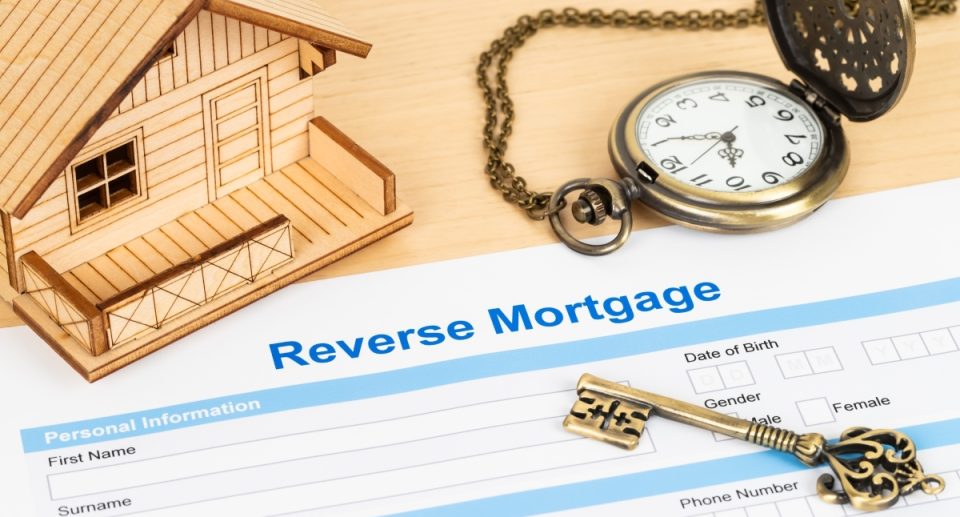Managing Debt with a Second Reverse Mortgage: What You Should Consider
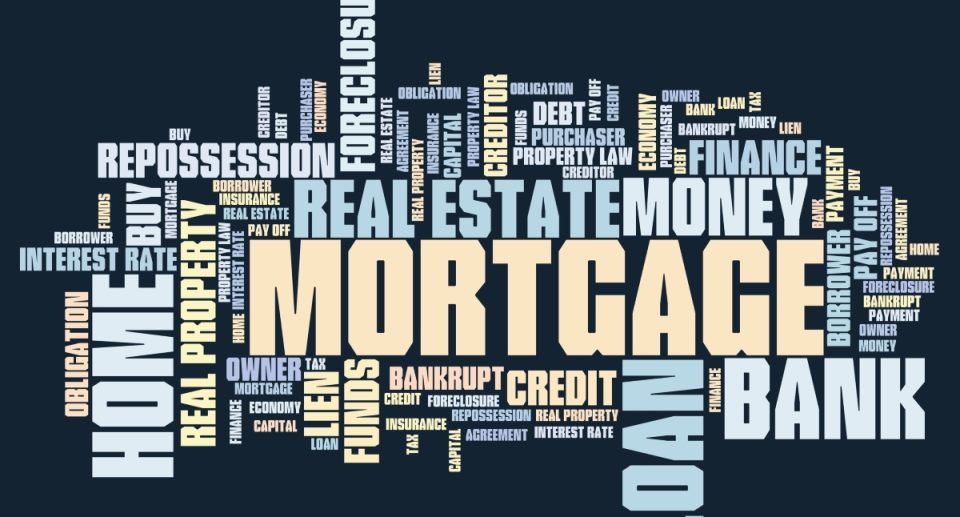
Managing debt in retirement can be challenging, especially with limited income sources. As financial obligations continue to grow, finding a solution that offers flexibility and relief becomes essential. A second reverse mortgage is one option seniors can consider to help manage debt while staying in their homes. This financial tool allows homeowners to tap into their remaining home equity without the burden of monthly repayments. Before deciding, it’s important to understand the benefits and risks involved to ensure it aligns with your long-term financial goals.
Understanding a Second Reverse Mortgage

A second reverse mortgage allows homeowners with a reverse mortgage to access additional equity from their home. It’s similar to a traditional reverse mortgage but focuses on the remaining home equity that wasn’t used the first time. Homeowners must meet eligibility requirements, including being at least 62 years old and having sufficient home equity. Lenders also evaluate the borrower’s ability to maintain property taxes, insurance, and home maintenance. This option can provide extra funds without requiring monthly repayments, making it an appealing choice for those managing debt in retirement.
When to Consider a Second Reverse Mortgage for Debt Management
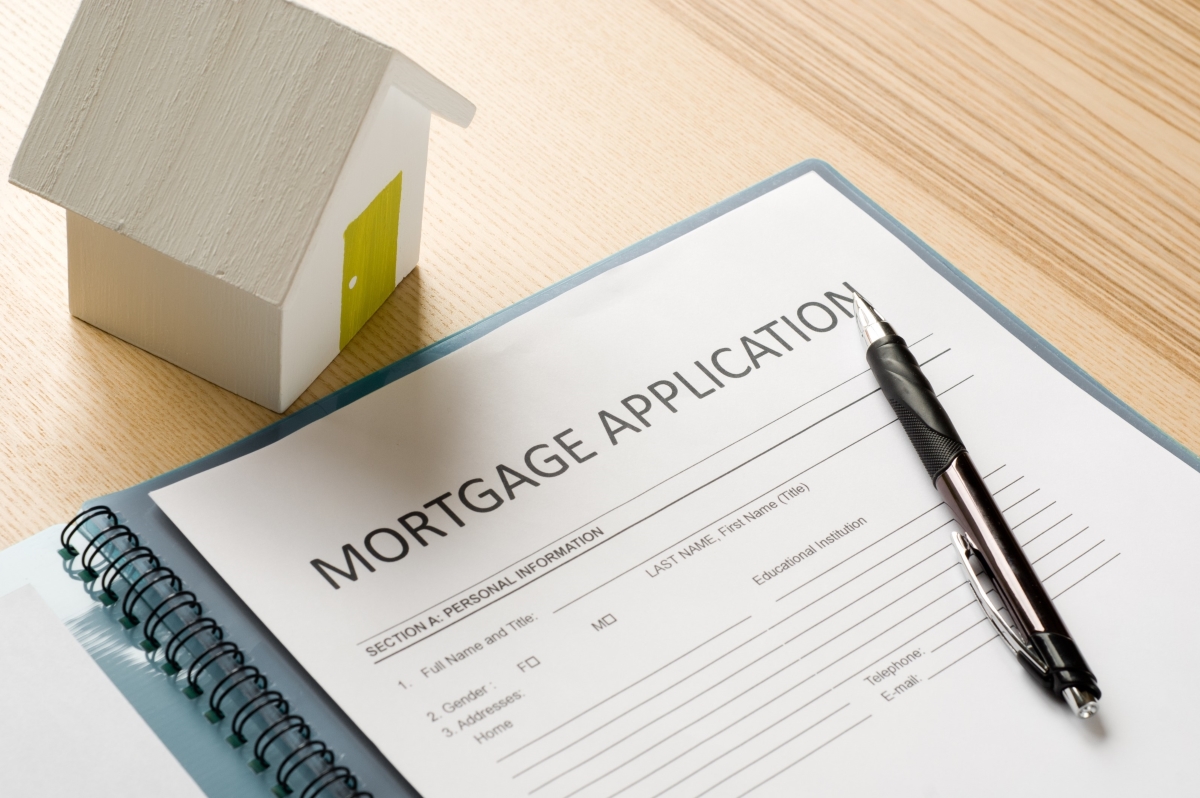
A second reverse mortgage can be a smart solution in several circumstances. It can offer much-needed financial support if you’re facing large, unexpected expenses—such as high medical bills, costly home repairs, or even long-term care. Many retirees find it useful for consolidating and paying off high-interest debts like credit cards or personal loans. Doing so reduces financial pressure and simplifies monthly obligations, freeing up cash flow for other essential needs.
Additionally, if your home requires modifications to accommodate mobility or aging-related changes, a second reverse mortgage can provide the funds necessary for these upgrades, helping you remain comfortably in your home longer. It’s also a helpful option for those who have tapped into their initial reverse mortgage but still need more equity. However, evaluating your financial goals carefully is important, considering how this choice might impact your future equity and overall retirement plans. Consulting with a financial advisor can help determine whether a second reverse mortgage is the right step.
Benefits of Using a Second Reverse Mortgage for Debt Management

A second reverse mortgage offers numerous advantages, particularly for those looking to manage debt during retirement. One of the most appealing benefits is the ability to access additional home equity without the burden of monthly payments. This provides immediate financial relief, allowing you to use the funds for various purposes, such as paying off high-interest debts like credit cards, medical expenses, or personal loans, all while continuing to live in your home.
Another key benefit is that the income from a reverse mortgage is tax-free. This can be especially advantageous for retirees on a fixed income, as it doesn’t increase your taxable income or interfere with Social Security benefits. By converting a portion of your home’s equity into cash, you gain more flexibility to address unexpected expenses, reduce your debt load, and improve your overall financial security.
Moreover, a second reverse mortgage can fund essential home repairs or modifications for homeowners who want to age in place. These changes, like installing ramps or upgrading bathrooms, allow you to maintain independence while improving your quality of life. This way, the mortgage helps you manage debt and enhances your living situation for the long term.
Potential Risks of a Second Reverse Mortgage

While a second reverse mortgage can offer financial relief, it comes with risks. One of the primary concerns is that it reduces the remaining equity in your home. This means less inheritance for your heirs or less equity will be available for future financial needs. It can also make it more difficult to move or sell your home later, as the loan balance will need to be repaid.
Another risk is the potential for foreclosure. Although reverse mortgages don’t require monthly payments, you must continue to pay property taxes and homeowners insurance and maintain your home. Failing to meet these obligations could result in foreclosure, leaving you without a home.
Lastly, the costs associated with a second reverse mortgage, such as interest rates and fees, can add up. Considering these expenses and weighing them against the benefits is important to determine if this option is right for your financial situation. Careful consideration and professional advice are recommended before making a final decision.
How to Maximize the Benefits of a Second Reverse Mortgage
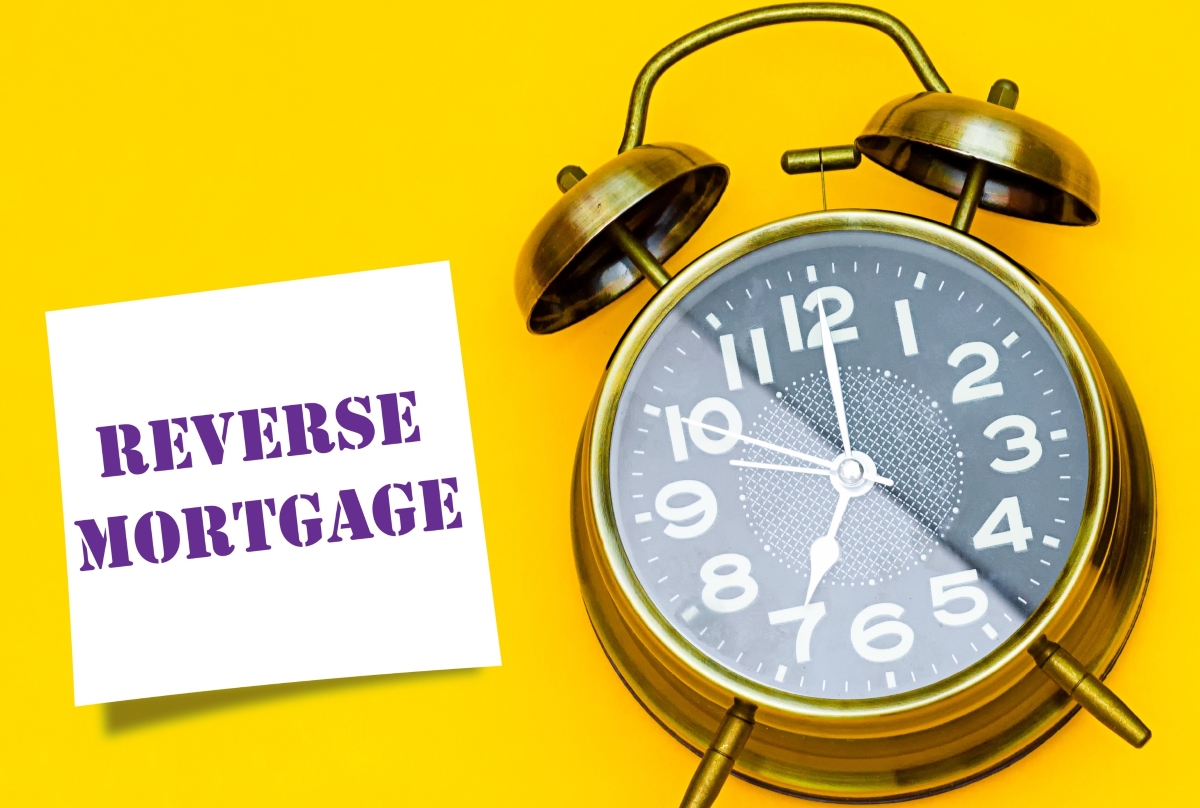
To fully benefit from a second reverse mortgage, careful planning and management are crucial:
- Developing a Strategic Debt Repayment Plan: Create a detailed plan for using the funds from the second reverse mortgage. Prioritize paying off high-interest debts, such as credit cards or personal loans, to reduce your financial burden. Allocate funds efficiently to address immediate needs and avoid accumulating new debt.
- Working with a Financial Advisor to Manage Funds Wisely: Consult with a financial advisor to ensure that your second reverse mortgage funds are used effectively. An advisor can help you develop a comprehensive financial plan, balance debt repayment with other retirement needs, and provide guidance on investment opportunities or alternative financial strategies.
- Budgeting to Ensure Ongoing Financial Stability: Implement a budget to manage and track your expenses. A well-structured budget helps you stay within your means, avoid unnecessary debt, and maintain financial stability. Regularly review and adjust your budget to account for changes in income or expenses.
- Avoiding Unnecessary Borrowing or Overspending: Use the funds from your reverse mortgage judiciously. Resist the temptation to take on additional debt or spend excessively, as this can undermine your financial goals. Focus on essential needs and long-term financial health rather than short-term desires.
Steps to Take Before Applying for a Second Reverse Mortgage
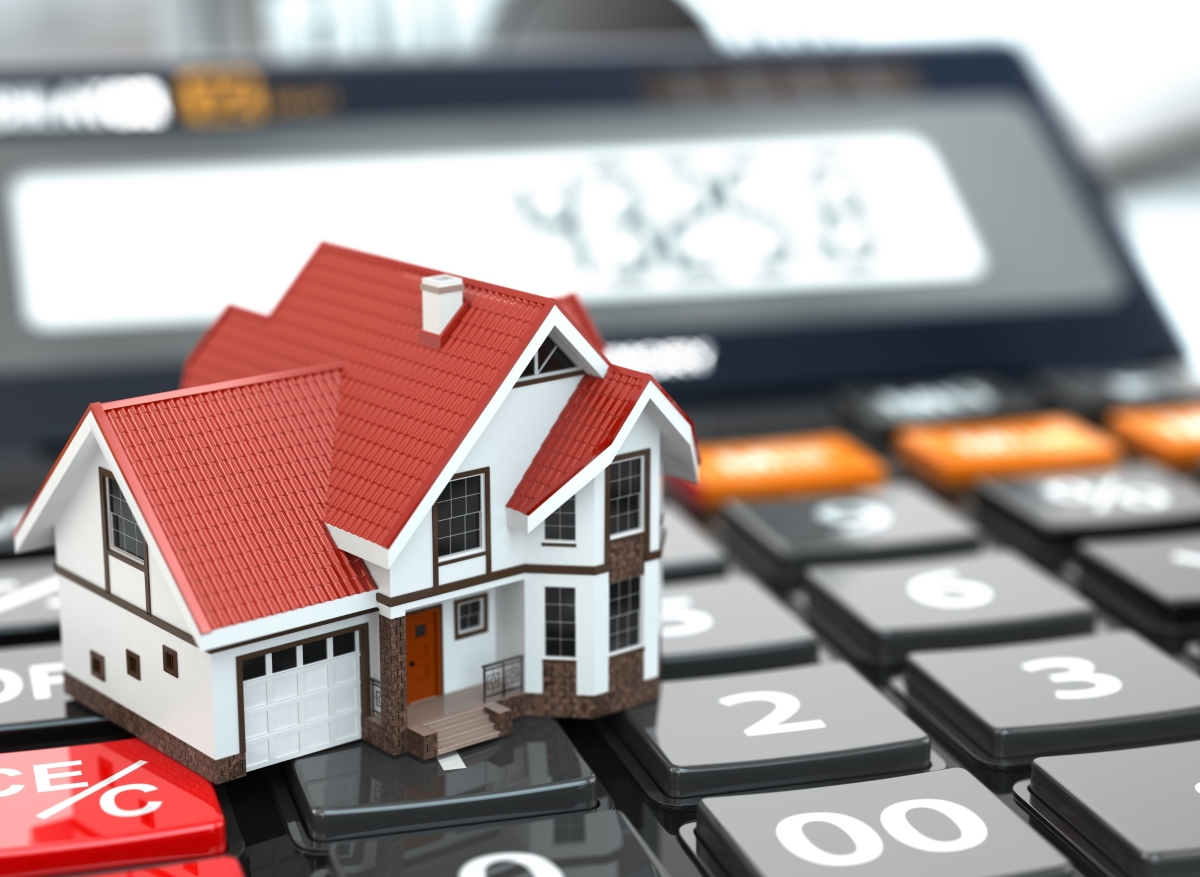
- Review of Current Financial Status and Equity: Start by assessing your current financial situation. Evaluate your home’s equity, existing debts, and overall financial health. Determine how much additional equity you can access and how it will impact your financial stability. Understanding your financial landscape is crucial for making an informed decision.
- Comparing Lenders and Interest Rates: Research and compare different lenders offering second reverse mortgages. Pay attention to interest rates, fees, and terms associated with each option. Look for lenders with a strong reputation and transparent practices. Comparing options ensures you secure the most favorable terms for your second reverse mortgage.
- Consulting with a Reverse Mortgage Counselor or Financial Advisor: Consult with a reverse mortgage counselor or financial advisor before proceeding. These professionals can provide valuable insights into how a second reverse mortgage fits your retirement plan. They can help you understand the implications of borrowing additional funds and guide you through the application process.
- Evaluating Long-Term Goals and Potential Impacts on Retirement: Consider how a second reverse mortgage aligns with your long-term financial goals and retirement plans. Assess how it will affect your home equity, future inheritance, and overall financial security. Evaluate potential impacts on your lifestyle and whether it supports your retirement objectives.
Taking these steps ensures that you make an informed decision, select the best lender, and understand the full implications of a second reverse mortgage on your retirement plans.
Conclusion
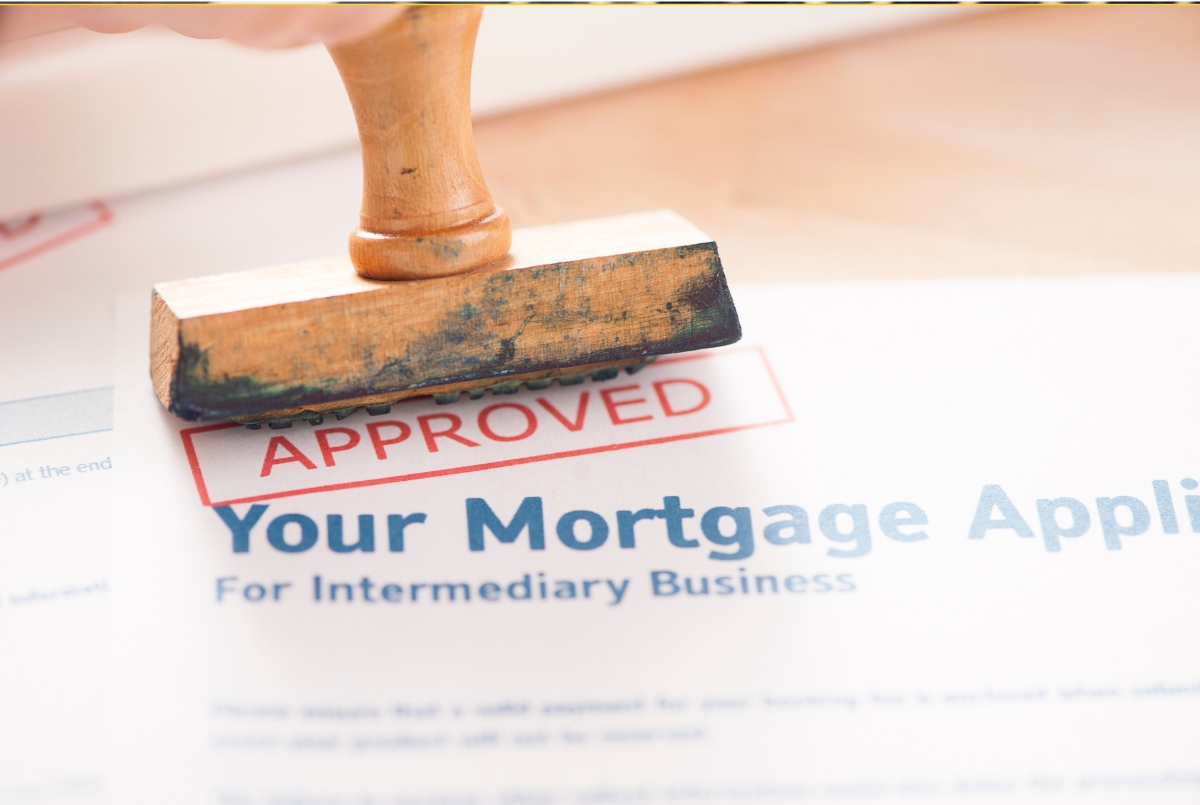
A second reverse mortgage can be a valuable tool for managing debt and enhancing financial stability in retirement, but it requires careful consideration. Understanding its benefits, such as improved cash flow and tax-free income, and recognizing potential risks like reduced home equity and the possibility of foreclosure is crucial. To maximize its advantages, develop a strategic debt repayment plan, consult a financial advisor, budget wisely, and avoid unnecessary borrowing. Before applying, thoroughly review your financial status, compare lenders, seek professional advice, and evaluate how it aligns with your long-term goals. By taking these steps, you can make a well-informed decision that supports your financial well-being and retirement goals.


